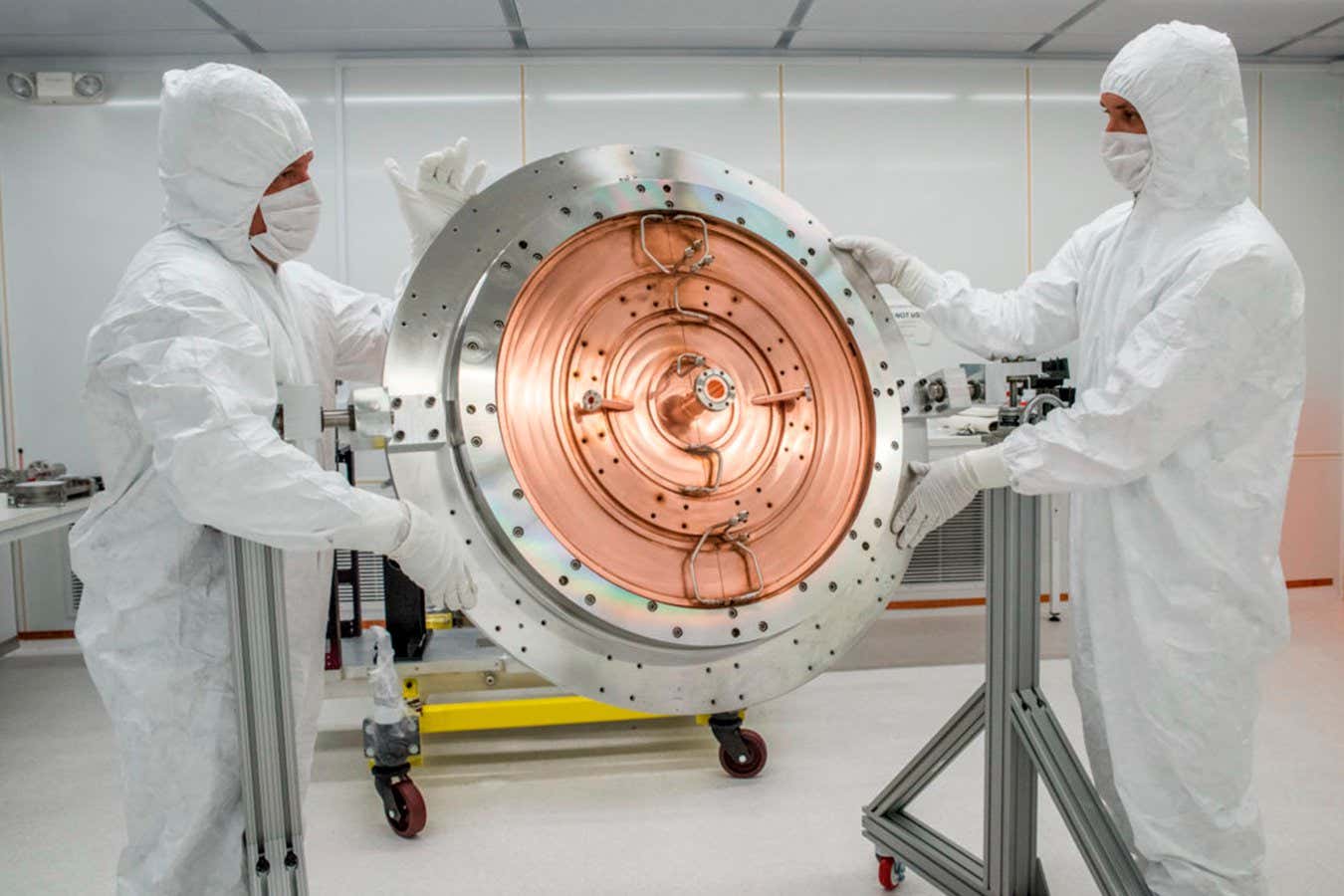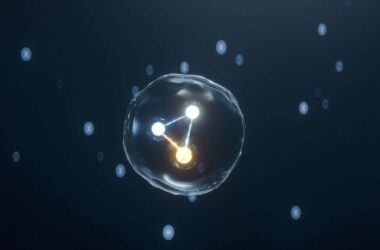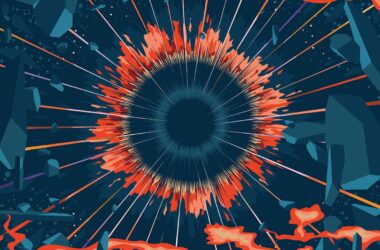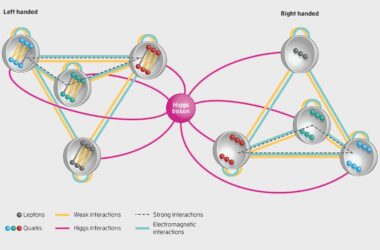The Linac Coherent Light Source II (LCLS-II) X-ray laser at SLAC National Accelerator Laboratory in California has recently become operational and is now producing record-breaking X-rays. This machine is considered the world’s brightest X-ray machine and will enable researchers to observe atoms, molecules, and chemical reactions in unprecedented detail.
The upgrade process for LCLS-II began over a decade ago, and the X-rays it currently generates are, on average, 10,000 times brighter than those produced by the original LCLS facility.
LCLS-II utilizes a complex process involving lasers, electrons, microwaves, and magnets to generate X-rays. Researchers start by using an ultraviolet laser to remove electrons from a copper plate. These electrons are then accelerated using microwave pulses and guided through a maze of magnets. As the electrons move, they emit X-rays in controlled bursts, which can be directed towards objects and materials to capture their internal structures. The brightness of these X-rays is trillions of times higher than those used in medical procedures.
The significant increase in brightness of the X-rays produced by LCLS-II is attributed, in part, to the refurbishment of the metal tube through which the electrons travel. The tube’s interior is lined with niobium, a metal that can withstand exposure to highly energetic electrons when cooled to extremely low temperatures. To maintain the required temperature, a large cryogenic plant was installed underground.
The calibration of the magnets in the maze was also crucial to ensure the precise shape of the X-ray pulses. Mike Dunne, a researcher at SLAC, highlights the importance of every component working perfectly in synchronization for the system to operate correctly.
The niobium tunnel was initially used for electron transmission in September 2022, and over the past year, the machine has undergone extensive calibration and power optimization.
LCLS-II’s increased capabilities will allow researchers to create “molecular movies” to study biological processes, including mammalian vision, photosynthesis, drug binding, and gene regulation, at the atomic level. Additionally, the machine’s ability to produce large quantities of X-rays in a short time will help researchers understand the internal workings of technologically important materials, such as artificial photosynthetic devices and next-generation semiconductors. Furthermore, LCLS-II’s X-rays can provide insights into materials like superconductors and topological phases, which exhibit exotic properties at the quantum level.
In summary, LCLS-II is a versatile scientific tool that acts as a powerful microscope, enabling investigations ranging from quantum materials to biological systems, catalytic chemistry, and atomic physics.








